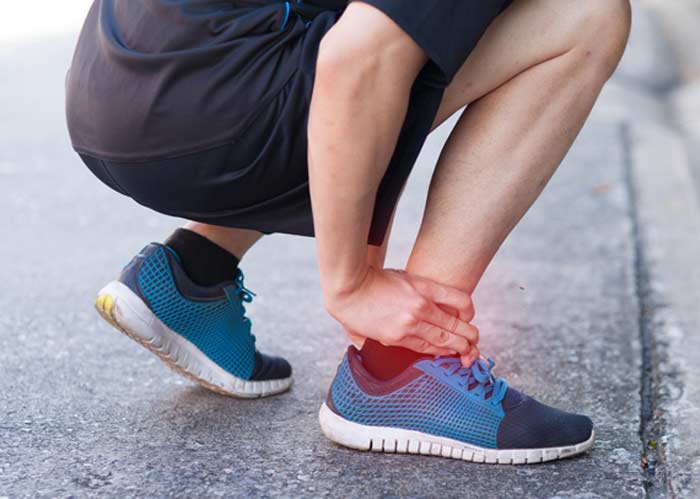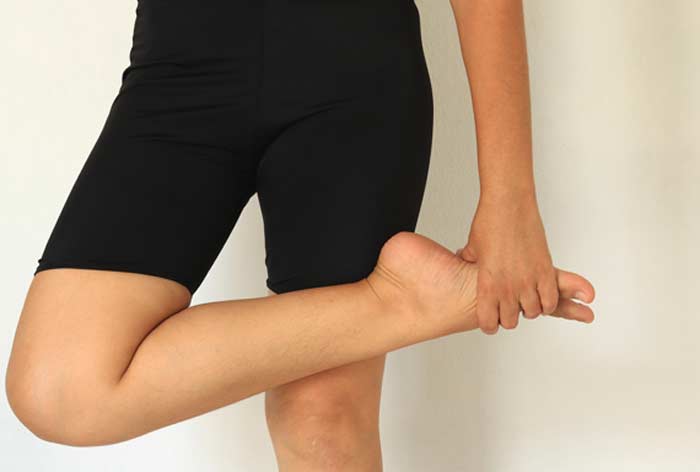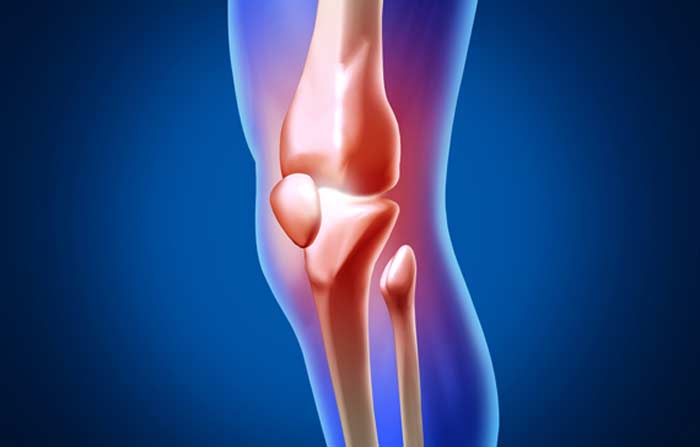
When ligaments, muscles, and bones weaken or become damaged, the result is sometimes joint instability.
The extent of the instability will depend on what joint is affected, the type of damage that has occurred to supporting joint structures, and whether or not there are underlying conditions like arthritis contributing to the problem.
All types of joints may become unstable, although common ones affected include shoulder, ankle, hip, elbow, knee, thumb, and big toe joints. Neck joints also susceptible to instability (cervical neck instability).
Causes of Joint Instability
Dislocation of a joint is a common cause of instability, especially with joints that tend to become weaker and more likely to slip out of place after an initial dislocation, as is often the case with the shoulder joint. Dislocation is often caused by a hard twist, fall, or impact. In some instances, instability results from multidirectional instability (MDI), also known as being double-jointed, a condition characterized by having joints that are looser and more flexible than normal. Chronic overuse can also make joints unstable.


Signs and Symptoms
Pain following an injury or hard fall is a common sign that a joint may be unstable. Experiencing multiple dislocations is another sign that a joint is damaged in some way. With some joints, instability may produce the following symptoms:
- A “giving out” feeling
- Unusual joint flexibility
- Tenderness or inflammation around a joint
- Chronic discomfort and swelling
- A wobbly feeling with affected joints that bear weight
Diagnosing Joint Instability
During a physical examination, joint instability is usually diagnosed with a discussion of symptoms. Tests of strength around the affected joint may also be done by asking the patient to make certain movements. Image testing is often done to determine the precise cause of joint instability and rule out other possible sources of joint weakness, such as fractures, infections, and soft tissue damage.
Non-Surgical and Surgical Treatments
Treatment of an unstable joint will depend on the location of the joint. In some cases, treatment efforts are non-surgical (conservative) in nature, particularly if the instability is mild or moderate but not severe. Such efforts may include resting the affected joint or modifying activities to avoid placing excessive pressure it. If it’s important to keep the unstable joint as steady and still as possible, a sling or brace may be worn to allow tissues to sufficiently heal. NSAIDs (non-steroidal anti-inflammatory drugs) are sometimes recommended to minimize swelling and inflammation around the affected joint.
If conservative treatments aren’t effectively correcting joint instability, surgery becomes an option. Surgery on an unstable joint may also be preferred by individuals who are more active and athletic. Many procedures that can be performed to correct joint instability involve minimally invasive procedures that often reduce recovery and rehab time, although some types of instability are better treated with traditional open surgery.
Joint instability is sometimes preventable by wearing proper protective gear when playing contact sports and avoiding slip-and-fall risks as much as possible. Additionally, being proactive with diet and exercise habits can help maintain bone and soft tissue strength to keep joints well-supported. Also, some people experience fewer issues with instability by avoiding movements, repetitious motions, or activities that place excessive stress on joints.
